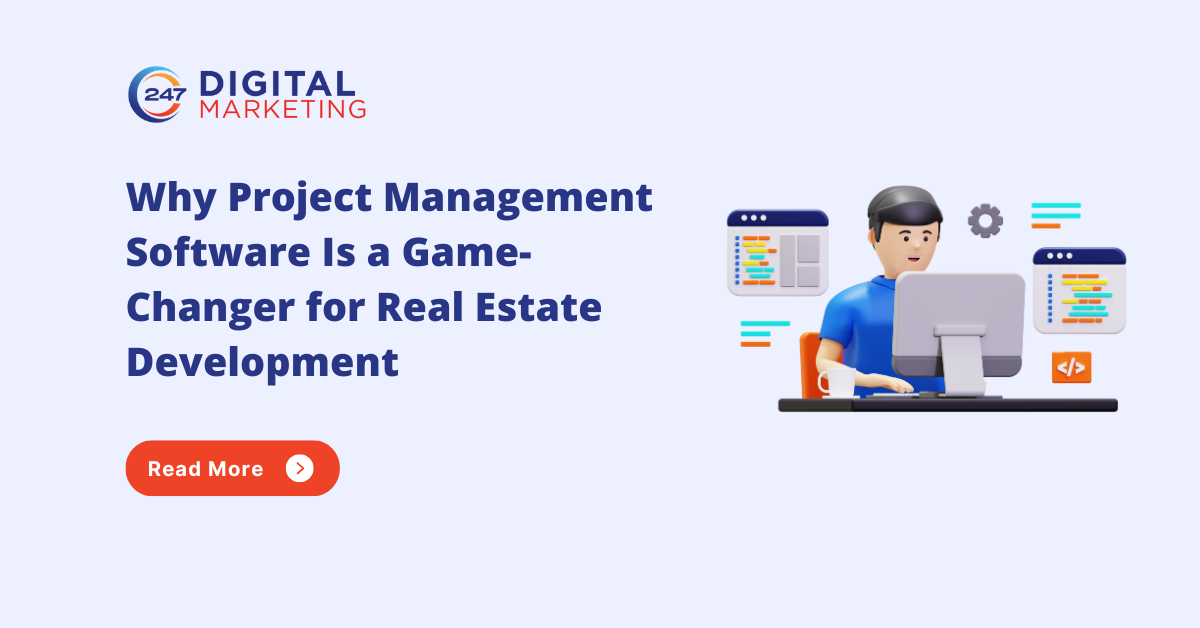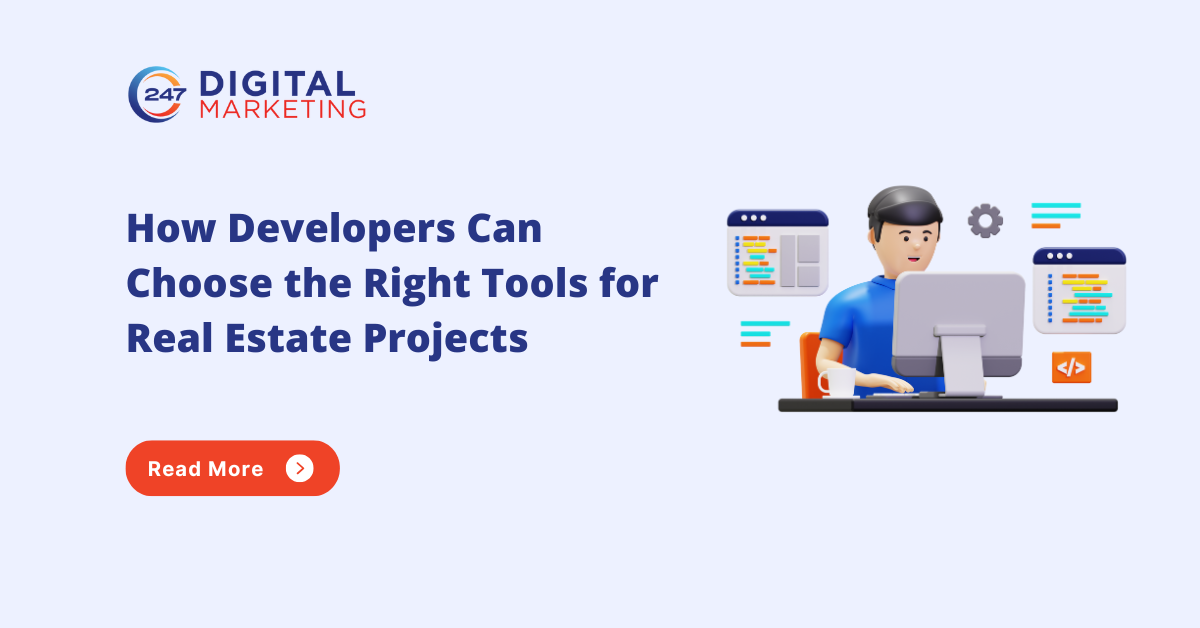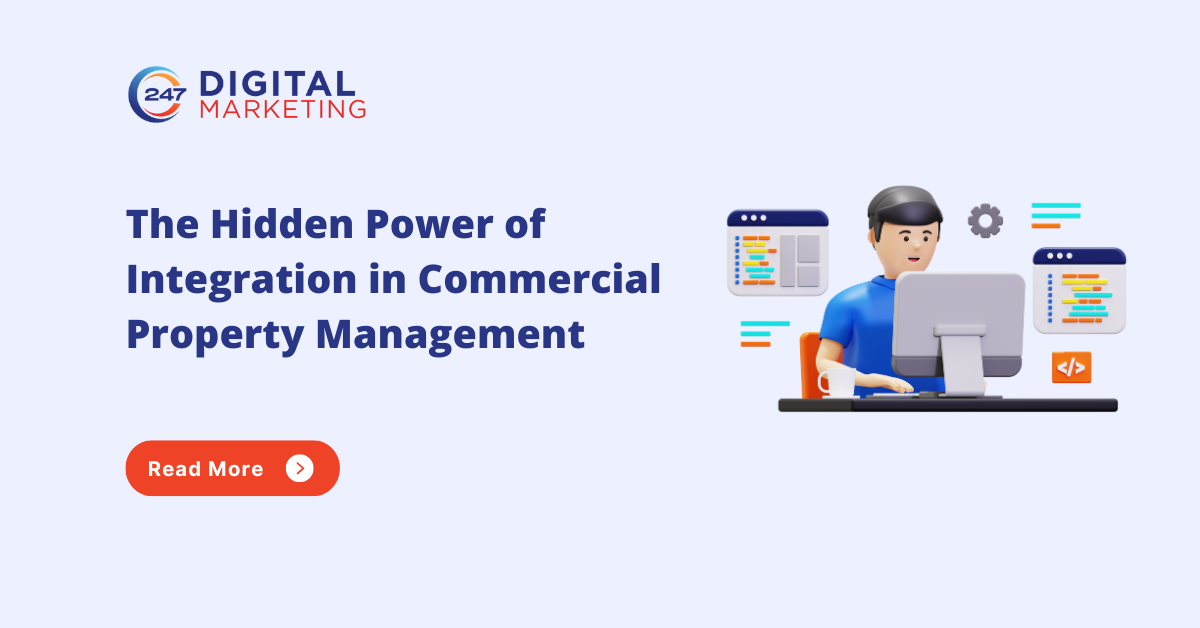Law Firm Marketing Myths That Could Be Costing You Clients (And What Actually Works)

Marketing for law firms is full of advice some good, some outdated, and some downright harmful. Many firms waste thousands chasing strategies based on myths that sound logical but don’t hold up in practice. Let’s clear the air.
Below are five of the most common misconceptions we hear from law firm owners, why they persist, and what you should do instead.
Myth #1: SEO Delivers Instant Results
Reality: SEO is a long game, not a quick fix. Think of it like planting a tree you won’t see shade tomorrow. Most firms start seeing traction in 3–6 months, and real growth often takes 6–12 months, especially in competitive areas like personal injury or criminal defense.
Why does it take time?
- Google rewards authority and trust, which you build through consistent content, technical optimization, and backlinks.
- Legal keywords are among the most competitive online, so outranking established firms requires sustained effort.
If you expect overnight results, you’ll be disappointed and might abandon a strategy that could transform your pipeline.
Example: A family law firm in Texas invested in SEO and saw their first page rankings after five months. The real payoff came at month nine when organic leads doubled, allowing them to cut paid ad spend without hurting intake.
Action Step: While SEO ramps up, use PPC or Local Services Ads for immediate leads. Track early indicators like impressions and local profile views before expecting signed cases.
Myth #2: Ads Guarantee ROI
Reality: Paid ads can be powerful but they’re not magic. Legal advertising is one of the most expensive verticals online. Average cost per lead (CPL) for PPC often exceeds $700, and without tight targeting and strong intake, you’re burning cash.
Why this myth persists:
- Ads feel “instant” you launch, and traffic appears. But traffic isn’t the same as clients.
- Many firms measure success by clicks or form fills, not by cost per signed case, which is the real metric that matters.
Example: A PI firm spent $15K on Google Ads but converted only three cases because calls went unanswered after hours. Fixing intake response time tripled ROI the next quarter.
Action Step: Track beyond leads. Measure CPL → cost per consult → cost per signed case. Use negative keywords, geo-targeting, and call routing to make every dollar count. If you’re unsure where to start, consider partnering with a Marketing agency for attorneys in New York that understands competitive markets and compliance requirements.
Myth #3: Reviews Are Just “Nice to Have”
Reality: Reviews are not optional they’re infrastructure. Today’s clients trust online reviews as much as personal recommendations. They also notice if you respond. Firms that reply to reviews consistently build credibility and rank higher in local search.
Why reviews matter:
- Prospects often check multiple platforms before hiring.
- Google’s local algorithm heavily factors review volume and quality.
- Responding to reviews signals professionalism and engagement.
Example: A trusts & estates firm added a post-consultation email asking satisfied clients for a Google review and committed to responding within 48 hours. Their local visibility and consultation volume rose in tandem.
Action Step: Build a compliant review program (no incentives). Respond to every review within 2–3 days. Train staff to ask for feedback at the right moments.
Myth #4: Intake Isn’t Marketing’s Problem
Reality: Intake is often the biggest leak in your funnel. You can spend thousands on ads and SEO, but if calls go unanswered or emails sit for hours, you’re losing cases. Studies show firms responding within five minutes convert dramatically better than those waiting hours or days.
Why this happens:
- Marketing and intake teams operate in silos.
- Firms underestimate how fast prospects move on when they don’t get a response.
Example: A plaintiff firm automated instant SMS/email acknowledgments and required same-hour callbacks. Booking links in the first response doubled show rates; signed cases rose without increasing ad spend.
Action Step: Make “speed-to-lead” a KPI. Aim for under five minutes during business hours and under 15 minutes after hours with on-call coverage or vetted answering partners. This is where No. 1 PPC marketing for law firm strategies often fail because even the best ads can’t compensate for poor intake.
Myth #5: AI Can Replace Your Marketing Team
Reality: AI is a tool, not a strategy. It can accelerate research, draft outlines, and analyze data but it can’t replace human judgment, compliance oversight, or brand voice. Over-relying on AI risks generic content and ethical missteps.
Why this myth is growing:
- AI promises speed and cost savings, which sounds irresistible.
- Many firms assume automation equals strategy but strategy requires context and creativity.
Example: A business litigation boutique uses AI to draft first-pass blog outlines and summarize webinars. Attorneys refine tone, nuance, and citations. Output doubled without sacrificing authority.
Action Step: Use AI for repetitive tasks, but keep humans in the loop for accuracy, tone, and differentiation. Create clear guidelines for what AI can and cannot do. And if you’re planning your social presence, don’t ignore top social media trends for lawyers AI can help you schedule posts, but strategy still needs a human touch.
Bottom Line
Marketing myths cost law firms time, money, and missed opportunities. The firms that win aren’t chasing shortcuts they’re building sustainable systems:
- Balance your mix: PPC for immediacy, SEO for long-term growth.
- Invest in reputation: Reviews and responses matter more than you think.
- Fix intake leaks: Speed-to-lead is non-negotiable.
- Adopt AI wisely: It’s an assistant, not a strategist.
Ready to audit your marketing? Start with these five areas. Small changes like faster intake or a structured review program can deliver big wins without blowing up your budget.
Mitesh Patel is the co-founder of 247 Digital Marketing, LawFirm Marketing and a columnist. He helps companies like Emerson and other top Fortune 500 compnies to grow their revenue.





